Advancing Smart Zero-Carbon Cities: High-Resolution Wind Energy Forecasting to 36 Hours Ahead
Abstract
1. Introduction
1.1. Smart and Zero-Energy Cities
1.2. Wind Energy Forecasting
1.3. Research Gap
1.4. Research Objectives
1.5. Research Contribution
2. Artificial Intelligence for Wind Speed–Power Forecasting
3. Research Methodology
4. The Research Case Study, Gabel El-Zeit Wind Farm Complex (580 MW)
- The region’s arid climate and consistent winds provide ideal conditions for wind power generation.
- The wind power potential reaches 1300 W/m2 onshore and 1700 W/m2 offshore.
- The wind speed reaches 11.5 m/s onshore and 12.5 m/s m/s offshore. Therefore, Gabal El-Zeit and the Gulf of Suez have the highest wind energy potential in the MENA region.
- The location’s proximity to major trade routes, including the Suez Canal and 12% of the world trade passing route, presents opportunities for energy export and regional cooperation, especially with existing electrical grid infrastructure.
- By harnessing wind energy, these countries can reduce their reliance on fossil fuels, mitigate climate change impacts, and contribute to global energy security.
- Developing wind energy infrastructure can stimulate economic growth, create jobs, and foster technological advancement in the region.
5. ML Algorithms Application
5.1. Algorithms’ Training
5.2. Hyperparameters Optimization and Models Validation
6. Results and Analysis
6.1. Results and Analysis of WSF
6.2. Results and Analysis of WPF
6.3. Computational Time and Memory of ML Models
6.4. Wind Turbine Power Curve Modeling and Applications

7. Applications and Contributions
7.1. Integrated Wind Speed–Power Forecasting System (WSPFS)
7.2. Smart Wind Energy Deep Decarbonization (SWEDD) Framework
7.3. Real-World Case Study and Promising Investments
- Abundant Renewable Energy Source: High wind speeds and power density in the region offer a significant and readily available renewable energy resource, as shown in Figure 24.
- Reduced Dependence on Fossil Fuels: Harnessing wind energy can reduce reliance on fossil fuels and mitigate the associated environmental impacts, such as greenhouse gas emissions.
- Zero Energy Cities and Energy Independence: The region can become more energy independent by generating its electricity from renewable sources, reducing its vulnerability to global energy market fluctuations.
- Economic Benefits: Large-scale wind energy projects can create jobs, stimulate economic growth, and attract investment in the region.
- Regional Cooperation: Developing wind energy infrastructure can foster regional cooperation and collaboration in addressing shared energy challenges.
7.4. Expanding Renewable Forecasting
7.5. Sustainability Contribution
8. Conclusions
8.1. Research Limitations
8.2. Future Work
Author Contributions
Funding
Institutional Review Board Statement
Informed Consent Statement
Data Availability Statement
Acknowledgments
Conflicts of Interest
Abbreviations
| AdaBoost | Adaptive boosting | MLP | Multi-layer perceptron |
| AI | Artificial intelligence | MRA | Multiple regression analysis |
| ANFIS | Adaptive neuro-fuzzy inference system | MSE | Mean square error |
| ANNs | Artificial neural networks | MW | Megawatts |
| BP | Backpropagation | NREA | New and Renewable Energy Authority in Egypt |
| CART | Classification and Regression Trees | NW | Northwest |
| CCI | Carbon City Index | NWP | Numerical weather prediction |
| CCTC | Carbon-city transformation curve | RBF | Radial base function |
| CI | Computational intelligence | RF | Random forest |
| CNN | Convolutional Neural Networks | RFR | Random Forest regression |
| CO2 | Carbon dioxide | RMSE | The root mean squared error |
| CO2 eq | carbon dioxide equivalent | RNN | Recurrent neural network |
| DNNs | Deep neural networks | RTC | Real-time computing |
| DT, DTR | Decision tree, decision tree regression | RTD: | Real-time data |
| ELM | Extreme learning machine | ||
| Extra Trees | Extremely randomized trees | SDGs | United Nations Sustainability Development Goals |
| GA | Genetic algorithms | SVM | Support vector machine |
| GELU | Gaussian-error linear unit | SVR | Support vector regression |
| GHG | Greenhouse gas | SWEDD | Smart Wind Energy Deep Decarbonization (SWEDD) |
| IoTs | Internet of things | VSTWPF | Very short-term wind power forecasting (kW/turbine) |
| kW | Kilowatts | VSTWSF | Very short-term wind speed forecasting (m/s) |
| MA | Moving average | WPF | Wind power forecasting (kW/turbine) |
| MAPE | Mean absolute percentage error | WSF | Wind speed forecasting (m/s) |
| MB | Megabyte | WSPFS | Wind speed–power forecasting system (WSPFS) |
| ML | Machine learning | XGBoost | Extreme gradient boosting |
References
- Stieva, R. Public Health Interventions in Historical Perspective: Cholera in Victorian London, 1849, 1854, and 1866. 2023. Available online: https://escholarship.mcgill.ca/concern/theses/ht24wq70f (accessed on 20 September 2024).
- Cointe, B.; Guillemot, H. A history of the 1.5 °C target. WIREs Clim. Change 2023, 14, e824. [Google Scholar] [CrossRef]
- Bergero, C.; Gosnell, G.; Gielen, D.; Kang, S.; Bazilian, M.; Davis, S.J. Pathways to net-zero emissions from aviation. Nat. Sustain. 2023, 6, 404–414. [Google Scholar] [CrossRef]
- Kazlou, T.; Cherp, A.; Jewell, J. Feasible deployment of carbon capture and storage and the requirements of climate targets. Nat. Clim. Change 2024, 14, 1047–1055. [Google Scholar] [CrossRef] [PubMed]
- Chiquetto, J.B.; Leichsenring, A.R.; dos Santos, G.M. Socioeconomic conditions and fossil fuel CO2 in the Metropolitan Area of Rio de Janeiro. Urban Clim. 2022, 43, 101176. [Google Scholar] [CrossRef]
- Dashkevych, O.; Portnov, B.A. Does city smartness improve urban environment and reduce income disparity? Evidence from an empirical analysis of major cities worldwide. Sustain. Cities Soc. 2023, 96, 104711. [Google Scholar] [CrossRef]
- Ramaswami, A.; Pandey, B.; Li, Q.; Das, K.; Nagpure, A. Toward Zero-Carbon Urban Transitions with Health, Climate Resilience, and Equity Co-Benefits: Assessing Nexus Linkages. Annu. Rev. Environ. Resour. 2023, 48, 81–121. [Google Scholar] [CrossRef]
- Ohene, E.; Chan, A.P.; Darko, A.; Nani, G. Navigating toward net zero by 2050: Drivers, barriers, and strategies for net zero carbon buildings in an emerging market. Build. Environ. 2023, 242, 110472. [Google Scholar] [CrossRef]
- Zhu, Y.; Koutra, S.; Zhang, J. Zero-carbon communities: Research hotspots, evolution, and prospects. Buildings 2022, 12, 674. [Google Scholar] [CrossRef]
- Seto, K.C. Strategies for Smart Net Zero Carbon Cities. Bridge 2023, 15, 15–21. [Google Scholar]
- Duan, Z.; Kim, S. Progress in Research on Net-Zero-Carbon Cities: A Literature Review and Knowledge Framework. Energies 2023, 16, 6279. [Google Scholar] [CrossRef]
- Fan, Y.; Wei, F. Contributions of natural carbon sink capacity and carbon neutrality in the context of net-zero carbon cities: A case study of Hangzhou. Sustainability 2022, 14, 2680. [Google Scholar] [CrossRef]
- Pamucar, D.; Deveci, M.; Canıtez, F.; Paksoy, T.; Lukovac, V. A novel methodology for prioritizing zero-carbon measures for sustainable transport. Sustain. Prod. Consum. 2021, 27, 1093–1112. [Google Scholar] [CrossRef]
- Griffiths, S.; Sovacool, B.K. Rethinking the future low-carbon city: Carbon neutrality, green design, and sustainability tensions in the making of Masdar City. Energy Res. Soc. Sci. 2020, 62, 101368. [Google Scholar] [CrossRef]
- Wang, X.; Wang, G.; Chen, T.; Zeng, Z.; Heng, C.K. Low-carbon city and its future research trends: A bibliometric analysis and systematic review. Sustain. Cities Soc. 2023, 90, 104381. [Google Scholar] [CrossRef]
- Kennedy, C.; Stewart, I.D.; Westphal, M.I.; Facchini, A.; Mele, R. Keeping global climate change within 1.5 C through net negative electric cities. Curr. Opin. Environ. Sustain. 2018, 30, 18–25. [Google Scholar] [CrossRef]
- Kharissova, A.B.; Kharissova, O.V.; Kharisov, B.I.; Méndez, Y.P. Carbon negative footprint materials: A review. Nano-Struct. Nano-Objects 2024, 37, 101100. [Google Scholar] [CrossRef]
- Wang, Z.; Chu, E. The path toward urban carbon neutrality: How does the low-carbon city pilot policy stimulate low-carbon technology? Econ. Anal. Policy 2024, 82, 954–975. [Google Scholar] [CrossRef]
- Kirimtat, A.; Krejcar, O.; Kertesz, A.; Tasgetiren, M.F. Future trends and current state of smart city concepts: A survey. IEEE Access 2020, 8, 86448–86467. [Google Scholar] [CrossRef]
- Stübinger, J.; Schneider, L. Understanding smart city—A data-driven literature review. Sustainability 2020, 12, 8460. [Google Scholar] [CrossRef]
- Zhao, F.; Fashola, O.I.; Olarewaju, T.I.; Onwumere, I. Smart city research: A holistic and state-of-the-art literature review. Cities 2021, 119, 103406. [Google Scholar] [CrossRef]
- Al Sharif, R.; Pokharel, S. Smart city dimensions and associated risks: Review of literature. Sustain. Cities Soc. 2022, 77, 103542. [Google Scholar] [CrossRef]
- Chu, Z.; Cheng, M.; Yu, N.N. A smart city is a less polluted city. Technol. Forecast. Soc. Change 2021, 172, 121037. [Google Scholar] [CrossRef]
- Haque, A.K.M.B.; Bhushan, B.; Dhiman, G. Conceptualizing smart city applications: Requirements, architecture, security issues, and emerging trends. Expert Syst. 2022, 39, e12753. [Google Scholar] [CrossRef]
- Lai, C.S.; Jia, Y.; Dong, Z.; Wang, D.; Tao, Y.; Lai, Q.H.; Wong, R.T.; Zobaa, A.F.; Wu, R.; Lai, L.L. A review of technical standards for smart cities. Clean Technol. 2020, 2, 290–310. [Google Scholar] [CrossRef]
- Shamsuzzoha, A.; Nieminen, J.; Piya, S.; Rutledge, K. Smart city for sustainable environment: A comparison of participatory strategies from Helsinki, Singapore and London. Cities 2021, 114, 103194. [Google Scholar] [CrossRef]
- Kashef, M.; Visvizi, A.; Troisi, O. Smart city as a smart service system: Human-computer interaction and smart city surveillance systems. Comput. Hum. Behav. 2021, 124, 106923. [Google Scholar] [CrossRef]
- Portocarrero Mendoza, P.S. Technical-economic evaluation of a 94.5 MW wind power plant at different elevation heights. A case study in Peru’s countryside. J. Eng. Res. 2024, in press. [Google Scholar] [CrossRef]
- Alves, M.A.; Oliveira, B.A.S.; Guimarães, F.G. Ensemble ranking: An aggregation of multiple multicriteria methods and scenarios and its application to power generation planning. Decis. Anal. J. 2024, 10, 100435. [Google Scholar] [CrossRef]
- Di Piazza, A.; Di Piazza, M.; La Tona, G.; Luna, M. An artificial neural network-based forecasting model of energy-related time series for electrical grid management. Math. Comput. Simul. 2020, 184, 294–305. [Google Scholar] [CrossRef]
- Sun, Y.; Zhou, Q.; Sun, L.; Sun, L.; Kang, J.; Li, H. CNN–LSTM–AM: A power prediction model for offshore wind turbines. Ocean Eng. 2024, 301, 117598. [Google Scholar] [CrossRef]
- Elmousalami, H.; Elshaboury, N.; Elyamany, A.H. Green artificial intelligence for cost-duration variance prediction (CDVP) for irrigation canals rehabilitation projects. Expert Syst. Appl. 2024, 249, 123789. [Google Scholar] [CrossRef]
- Elmousalami, H.; Sakr, I. Artificial Intelligence for Drilling Lost Circulation: A Systematic Literature Review. Geoenergy Sci. Eng. 2024, 239, 212837. [Google Scholar] [CrossRef]
- Davis, N.N.; Badger, J.; Hahmann, A.N.; Hansen, B.O.; Mortensen, N.G.; Kelly, M.; Larsén, X.G.; Olsen, B.T.; Floors, R.; Lizcano, G. The Global Wind Atlas: A high-resolution dataset of climatologies and associated web-based application. Bull. Am. Meteorol. Soc. 2023, 104, E1507–E1525. [Google Scholar] [CrossRef]
- Breslow, P.; Sailor, D. Vulnerability of wind power resources to climate change in the continental United States. Renew. Energy 2002, 27, 585–598. [Google Scholar] [CrossRef]
- Stamatellos, G.; Stamatelos, T. Short-Term Load Forecasting of the Greek Electricity System. Appl. Sci. 2023, 13, 2719. [Google Scholar] [CrossRef]
- Hu, X.; Jaraitė, J.; Kažukauskas, A. The effects of wind power on electricity markets: A case study of the Swedish intraday market. Energy Econ. 2021, 96, 105159. [Google Scholar] [CrossRef]
- Lydia, M.; Edwin Prem Kumar, G.; Akash, R. Wind speed and wind power forecasting models. Energy Environ. 2024, 958305X241228515. [Google Scholar] [CrossRef]
- Liao, S.; Tian, X.; Liu, B.; Liu, T.; Su, H.; Zhou, B. Short-Term Wind Power Prediction Based on LightGBM and Meteorological Reanalysis. Energies 2022, 15, 6287. [Google Scholar] [CrossRef]
- Ahmad, A.; Xiao, X.; Mo, H.; Dong, D. Tuning data preprocessing techniques for improved wind speed prediction. Energy Rep. 2024, 11, 287–303. [Google Scholar] [CrossRef]
- Cakiroglu, C.; Demir, S.; Hakan Ozdemir, M.; Latif Aylak, B.; Sariisik, G.; Abualigah, L. Data-driven interpretable ensemble learning methods for the prediction of wind turbine power incorporating SHAP analysis. Expert Syst. Appl. 2024, 237, 121464. [Google Scholar] [CrossRef]
- Zhang, Y.; Kong, X.; Wang, J.; Wang, H.; Cheng, X. Wind power forecasting system with data enhancement and algorithm improvement. Renew. Sustain. Energy Rev. 2024, 196, 114349. [Google Scholar] [CrossRef]
- Shahid, F.; Zameer, A.; Muneeb, M. A novel genetic LSTM model for wind power forecast. Energy 2021, 223, 120069. [Google Scholar] [CrossRef]
- Ghaderi, A.; Sanandaji, B.M.; Ghaderi, F. Deep forecast: Deep learning-based spatio-temporal forecasting. arXiv 2017, arXiv:170708110. [Google Scholar]
- Elmousalami, H.H. Comparison of artificial intelligence techniques for project conceptual cost prediction: A case study and comparative analysis. IEEE Trans. Eng. Manag. 2020, 68, 183–196. [Google Scholar] [CrossRef]
- Pei, S.; Qin, H.; Zhang, Z.; Yao, L.; Wang, Y.; Wang, C.; Liu, Y.; Jiang, Z.; Zhou, J.; Yi, T. Wind speed prediction method based on Empirical Wavelet Transform and New Cell Update Long Short-Term Memory network. Energy Convers. Manag. 2019, 196, 779–792. [Google Scholar] [CrossRef]
- Zhu, Q.; Chen, J.; Shi, D.; Zhu, L.; Bai, X.; Duan, X.; Liu, Y. Learning Temporal and Spatial Correlations Jointly: A Unified Framework for Wind Speed Prediction. IEEE Trans. Sustain. Energy 2019, 11, 509–523. [Google Scholar] [CrossRef]
- Ren, Y.; Suganthan, P.; Srikanth, N. A comparative study of empirical mode decomposition-based short-term wind speed forecasting methods. IEEE Trans. Sustain. Energy 2015, 6, 236–244. [Google Scholar] [CrossRef]
- Nascimento, E.G.S.; de Melo, T.A.; Moreira, D.M. A transformer-based deep neural network with wavelet transform for forecasting wind speed and wind energy. Energy 2023, 278, 127678. [Google Scholar] [CrossRef]
- Bentsen, L.Ø.; Warakagoda, N.D.; Stenbro, R.; Engelstad, P. Spatio-temporal wind speed forecasting using graph networks and novel Transformer architectures. Appl. Energy 2023, 333, 120565. [Google Scholar] [CrossRef]
- Bommidi, B.S.; Teeparthi, K.; Kosana, V. Hybrid wind speed forecasting using ICEEMDAN and transformer model with novel loss function. Energy 2023, 265, 126383. [Google Scholar] [CrossRef]
- Wang, S.; Shi, J.; Yang, W.; Yin, Q. High and low frequency wind power prediction based on Transformer and BiGRU-Attention. Energy 2024, 288, 129753. [Google Scholar] [CrossRef]
- Wang, J.; Qian, Y.; Zhang, L.; Wang, K.; Zhang, H. A novel wind power forecasting system integrating time series refining, nonlinear multi-objective optimized deep learning and linear error correction. Energy Convers. Manag. 2024, 299, 117818. [Google Scholar] [CrossRef]
- Yaghoubirad, M.; Azizi, N.; Farajollahi, M.; Ahmadi, A. Deep learning-based multistep ahead wind speed and power generation forecasting using direct method. Energy Convers. Manag. 2023, 281, 116760. [Google Scholar] [CrossRef]
- Karim, F.K.; Khafaga, D.S.; Eid, M.M.; Towfek, S.K.; Alkahtani, H.K. A novel bio-inspired optimization algorithm design for wind power engineering applications time-series forecasting. Biomimetics 2023, 8, 321. [Google Scholar] [CrossRef]
- Mayer, M.J.; Yang, D. Pairing ensemble numerical weather prediction with ensemble physical model chain for probabilistic photovoltaic power forecasting. Renew. Sustain. Energy Rev. 2023, 175, 113171. [Google Scholar] [CrossRef]
- Bauer, P.; Thorpe, A.; Brunet, G. The quiet revolution of numerical weather prediction. Nature 2015, 525, 47–55. [Google Scholar] [CrossRef]
- Elmousalami, H.H.; Elyamany, A.H.; Ibrahim, A.H. Evaluation of cost drivers for field canals improvement projects. Water Resour. Manag. 2018, 32, 53–65. [Google Scholar] [CrossRef]
- Alnaser, A.A.; Hassan Ali, A.; Elmousalami, H.H.; Elyamany, A.; Gouda Mohamed, A. Assessment Framework for BIM-Digital Twin Readiness in the Construction Industry. Buildings 2024, 14, 268. [Google Scholar] [CrossRef]
- Zhang, J.; Draxl, C.; Hopson, T.; Monache, L.D.; Vanvyve, E.; Hodge, B.M. Comparison of numerical weather prediction based deterministic and probabilistic wind resource assessment methods. Appl. Energy 2015, 156, 528–541. [Google Scholar] [CrossRef]
- Chen, N.; Qian, Z.; Nabney, I.T.; Meng, X. Wind power forecasts using Gaussian processes and numerical weather prediction. IEEE Trans. Power Syst. 2013, 29, 656–665. [Google Scholar] [CrossRef]
- NERA Annual Report 2018. Available online: http://www.nrea.gov.eg/Content/reports/English%20AnnualReport.pdf (accessed on 20 September 2024).
- Ersoy, S.R.; Terrapon-Pfaff, J. Sustainable Transformation of Egypt’s Energy System: Development of a Phase Model. 2022. Available online: https://epub.wupperinst.org/files/7892/7892_Egypt.pdf (accessed on 21 September 2024).
- Abdelwahab, S.A.M.; El-Rifaie, A.M.; Hegazy, H.Y.; Tolba, M.A.; Mohamed, W.I.; Mohamed, M. Optimal Control and Optimization of Grid-Connected PV and Wind Turbine Hybrid Systems Using Electric Eel Foraging Optimization Algorithms. Sensors 2024, 24, 2354. [Google Scholar] [CrossRef] [PubMed]
- Glorot, X.; Bordes, A.; Bengio, Y. Deep sparse rectifier neural networks. In Proceedings of the 14th International Conference on Artificial Intelligence and Statistics, Fort Lauderdale, FL, USA, 11–13 April 2011; pp. 315–323. [Google Scholar]
- Elmousalami, H.H. Closure to “Artificial Intelligence and Parametric Construction Cost Estimate Modeling: State-of-the-Art Review” by Haytham H. Elmousalami. J. Constr. Eng. Manag. 2021, 147, 7021002. [Google Scholar] [CrossRef]
- Jiang, Y.; Song, Z.; Kusiak, A. Very short-term wind speed forecasting with Bayesian structural break model. Renew. Energy 2013, 50, 637–647. [Google Scholar] [CrossRef]
- Elmousalami, H.; Sakr, I. Automated lost circulation severity classification and mitigation system using explainable Bayesian optimized ensemble learning algorithms. J. Pet. Explor. Prod. Technol. 2024, 14, 2735–2752. [Google Scholar] [CrossRef]
- Elmousalami, H.H. Intelligent methodology for project conceptual cost prediction. Heliyon 2019, 5, e01625. Available online: https://www.cell.com/heliyon/pdf/S2405-8440(18)37863-0.pdf (accessed on 15 June 2024). [CrossRef]
- Elmousalami, H.H.; Elshaboury, N.A.T.; Maxi, M.M.I.; Ibrahim, A.H.; Elyamany, A.H. Bayesian Optimized Ensemble Learning System for Predicting Conceptual Cost and Construction Duration of Irrigation Improvement Systems. KSCE J. Civ. Eng. 2024, 100014. [Google Scholar]
- Elmousalami, H.H. Artificial intelligence and parametric construction cost estimate modeling: State-of-the-art review. J. Constr. Eng. Manag. 2020, 146, 3119008. [Google Scholar] [CrossRef]
- Sohoni, V.; Gupta, S.; Nema, R. A critical review on wind turbine power curve modelling techniques and their applications in wind-based energy systems. J. Energy 2016, 2016, 8519785. [Google Scholar] [CrossRef]
- Fahim, M.; Sharma, V.; Cao, T.-V.; Canberk, B.; Duong, T.Q. Machine Learning-Based Digital Twin for Predictive Modeling in Wind Turbines. IEEE Access 2022, 10, 14184–14194. [Google Scholar] [CrossRef]
- Schlechtingen, M.; Santos, I.; Achiche, S. Using data-mining approaches for wind turbine power curve monitoring: A comparative study. IEEE Trans. Sustain. Energy 2013, 4, 671–679. [Google Scholar] [CrossRef]
- Bilendo, F.; Meyer, A.; Badihi, H.; Lu, N.; Cambron, P.; Jiang, B. Applications and Modeling Techniques of Wind Turbine Power Curve for Wind Farms—A Review. Energies 2022, 16, 180. [Google Scholar] [CrossRef]
- Hur, J. Potential capacity factor estimates of wind generating resources for transmission planning. Renew. Energy 2021, 179, 1742–1750. [Google Scholar] [CrossRef]
- Boland, J.; Farah, S. Probabilistic Forecasting of Wind and Solar Farm Output. Energies 2021, 14, 5154. [Google Scholar] [CrossRef]
- Khamees, A.K.; Abdelaziz, A.Y.; Eskaros, M.R.; El-Shahat, A.; Attia, M.A. Optimal Power Flow Solution of Wind-Integrated Power System Using Novel Metaheuristic Method. Energies 2021, 14, 6117. [Google Scholar] [CrossRef]
- Shiravani, F.; Cortajarena, J.A.; Alkorta, P.; Barambones, O. Generalized Predictive Control Scheme for a Wind Turbine System. Sustainability 2022, 14, 8865. [Google Scholar] [CrossRef]
- Xu, J.; Zou, J.; Ziegler, A.D.; Wu, J.; Zeng, Z. What drives the change of capacity factor of wind turbine in the United States? Environ. Res. Lett. 2023, 18, 64009. [Google Scholar] [CrossRef]
- Park, J.-Y.; Lee, J.-K.; Oh, K.-Y.; Lee, J.-S. Development of a novel power curve monitoring method for wind turbines and its field tests. IEEE Trans. Energy Convers. 2014, 29, 119–128. [Google Scholar] [CrossRef]
- Lee, J.T.; Kim, H.G.; Kang, Y.H.; Kim, J.Y. Determining the Optimized Hub Height of Wind Turbine Using the Wind Resource Map of South Korea. Energies 2019, 12, 2949. [Google Scholar] [CrossRef]
- Basu, J.B.; Dawn, S.; Saha, P.K.; Chakraborty, M.R.; Ustun, T.S. Economic Enhancement of Wind–Thermal–Hydro System Considering Imbalance Cost in Deregulated Power Market. Sustainability 2022, 14, 15604. [Google Scholar] [CrossRef]
- Javied, T.; Esfandyari, A.; Franke, J. Systematic energy management: A foundation for sustainable production. In Proceedings of the 2016 IEEE Conference on Technologies for Sustainability (SusTech), Phoenix, AZ, USA, 9–11 October 2016; IEEE: Piscataway, NJ, USA, 2016; pp. 20–27. Available online: https://ieeexplore.ieee.org/abstract/document/7897137/ (accessed on 21 September 2024).
- Fukutomi, M. Oil or geopolitical issues?: Quantitative rethinking of political instability in the Middle East and North Africa. GeoJournal 2024, 89, 55. [Google Scholar] [CrossRef]
- Elmousalami, H.H.; Darwish, A.; Hassanien, A.E. The Truth About 5G and COVID-19: Basics, Analysis, and Opportunities. In Digital Transformation and Emerging Technologies for Fighting COVID-19 Pandemic: Innovative Approaches; Hassanien, A.E., Darwish, A., Eds.; Studies in Systems, Decision and Control; Springer International Publishing: Cham, Switzerland, 2021; Volume 322, pp. 249–259. ISBN 978-3-030-63306-6. [Google Scholar]
- Boretti, A.; Castelletto, S. Cost of solar and wind electricity made dispatchable through hydrogen, thermal, and battery energy storage in NEOM City. Int. J. Energy Water Resour. 2023, 7, 309–326. [Google Scholar] [CrossRef]
- Elmousalami, H.H.; Ali, A.H.; Kineber, A.F.; Elyamany, A. A novel conceptual cost estimation decision-making model for field canal improvement projects. Int. J. Constr. Manag. 2023, 24, 651–663. [Google Scholar] [CrossRef]
- Jeong, Y.; Lee, S.; Lee, J.; Choi, W. Data-efficient surrogate modeling using meta-learning and physics-informed deep learning approaches. Expert Syst. Appl. 2024, 250, 123758. [Google Scholar] [CrossRef]
- Yang, G.; Jiang, Y.; Liu, F.; Liu, J. Magnetic Field Analysis of Reactor Based on TL-PIDL and Time Domain PIDL. IEEE Trans. Appl. Supercond. 2024, 34, 4905205. Available online: https://ieeexplore.ieee.org/abstract/document/10633846/ (accessed on 9 September 2024). [CrossRef]
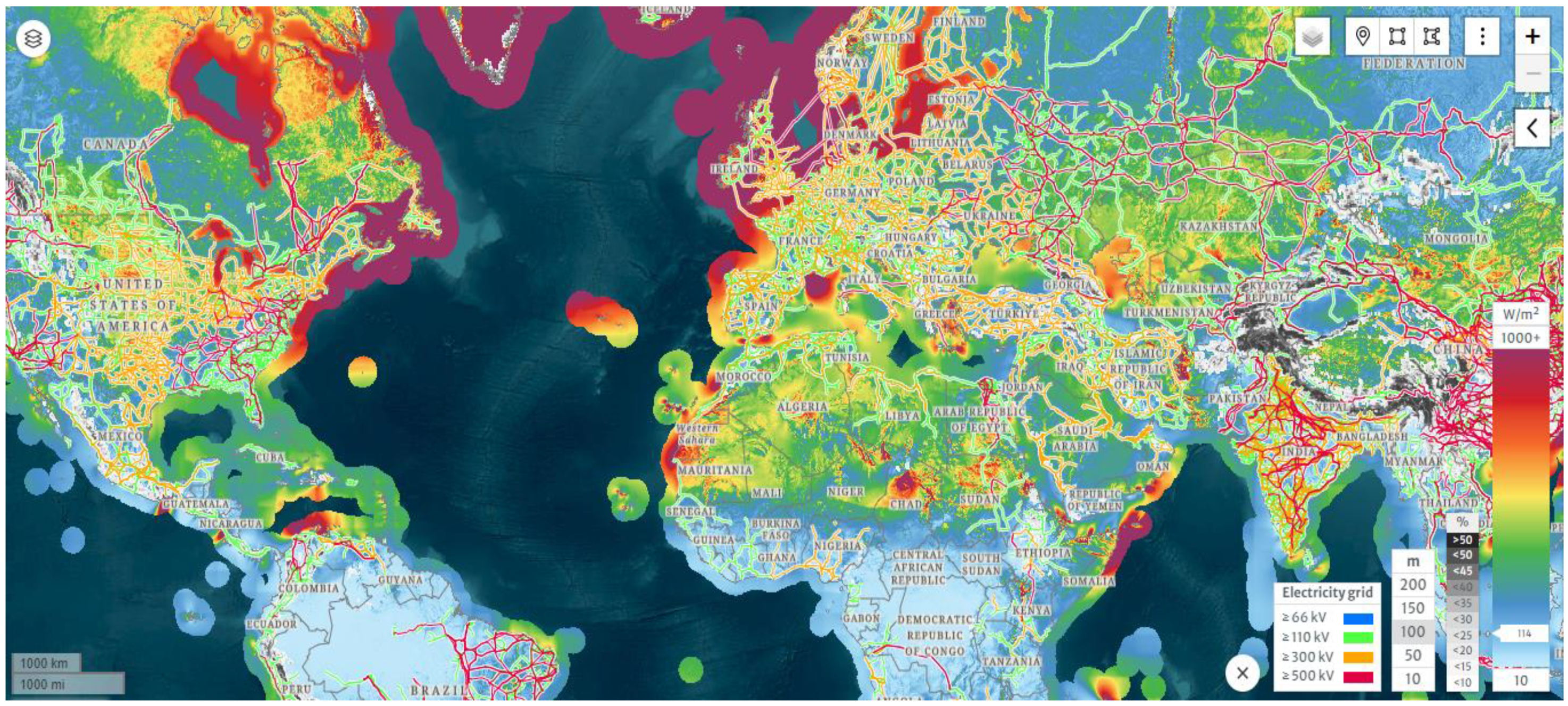
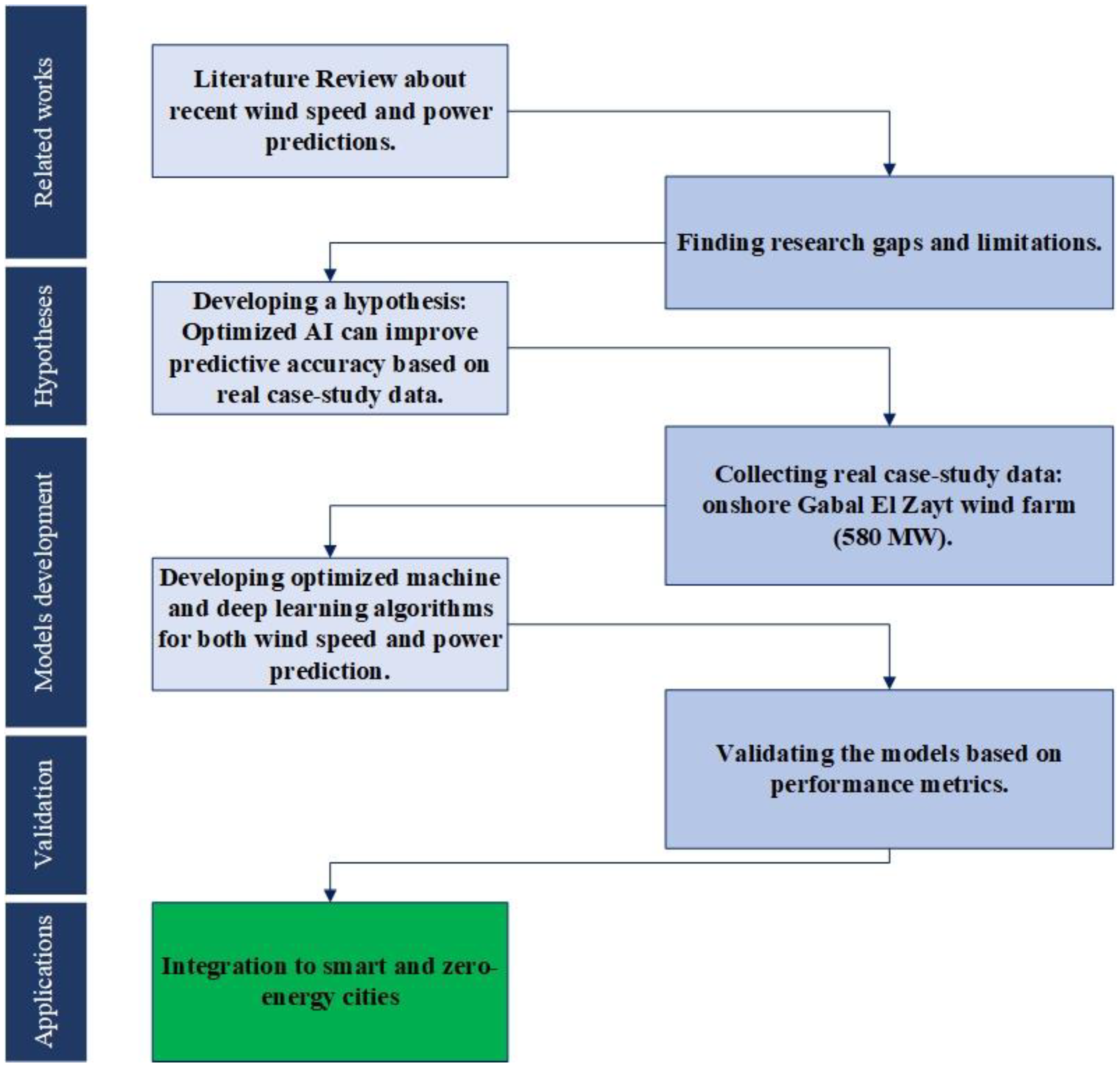
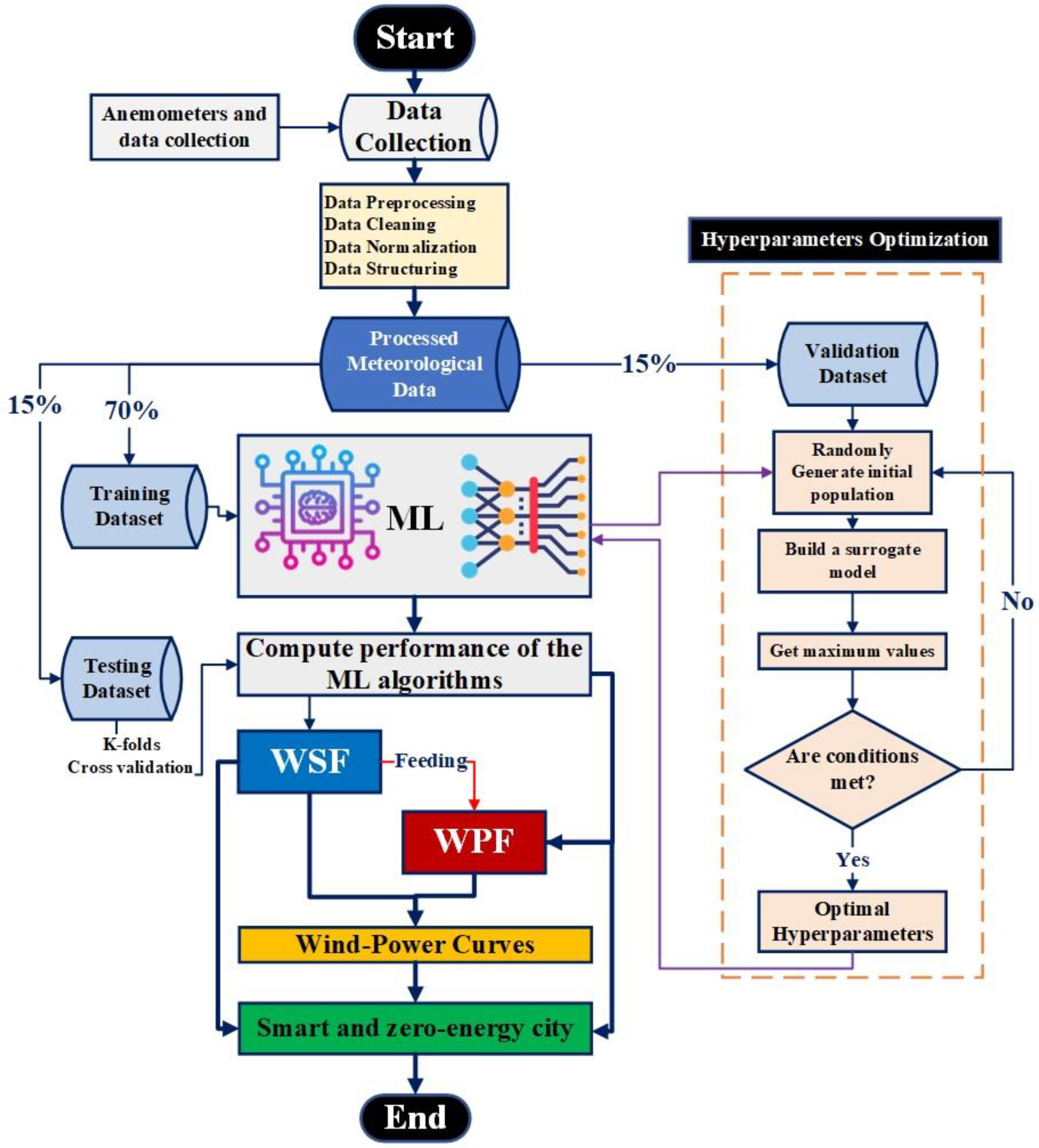
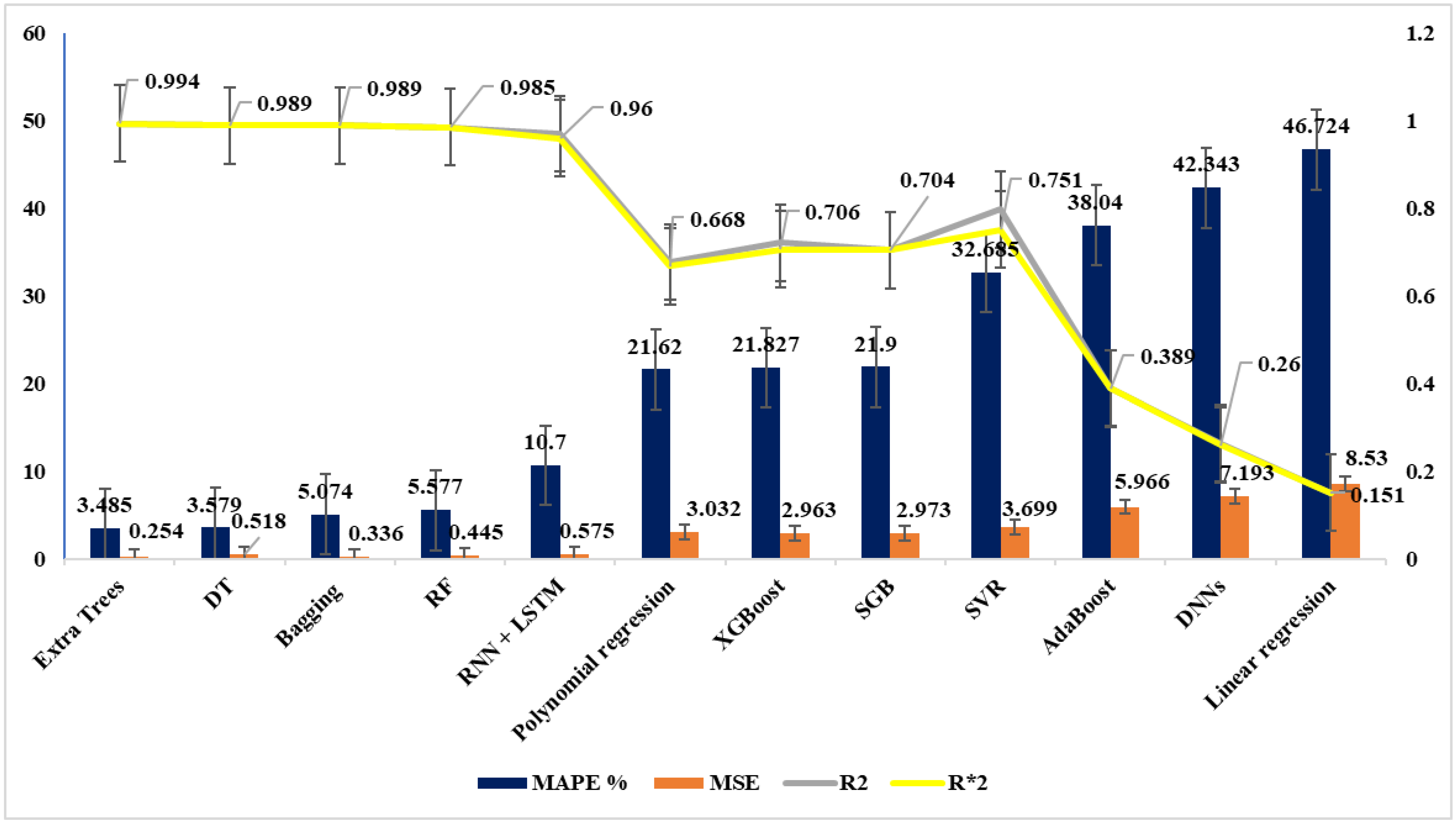
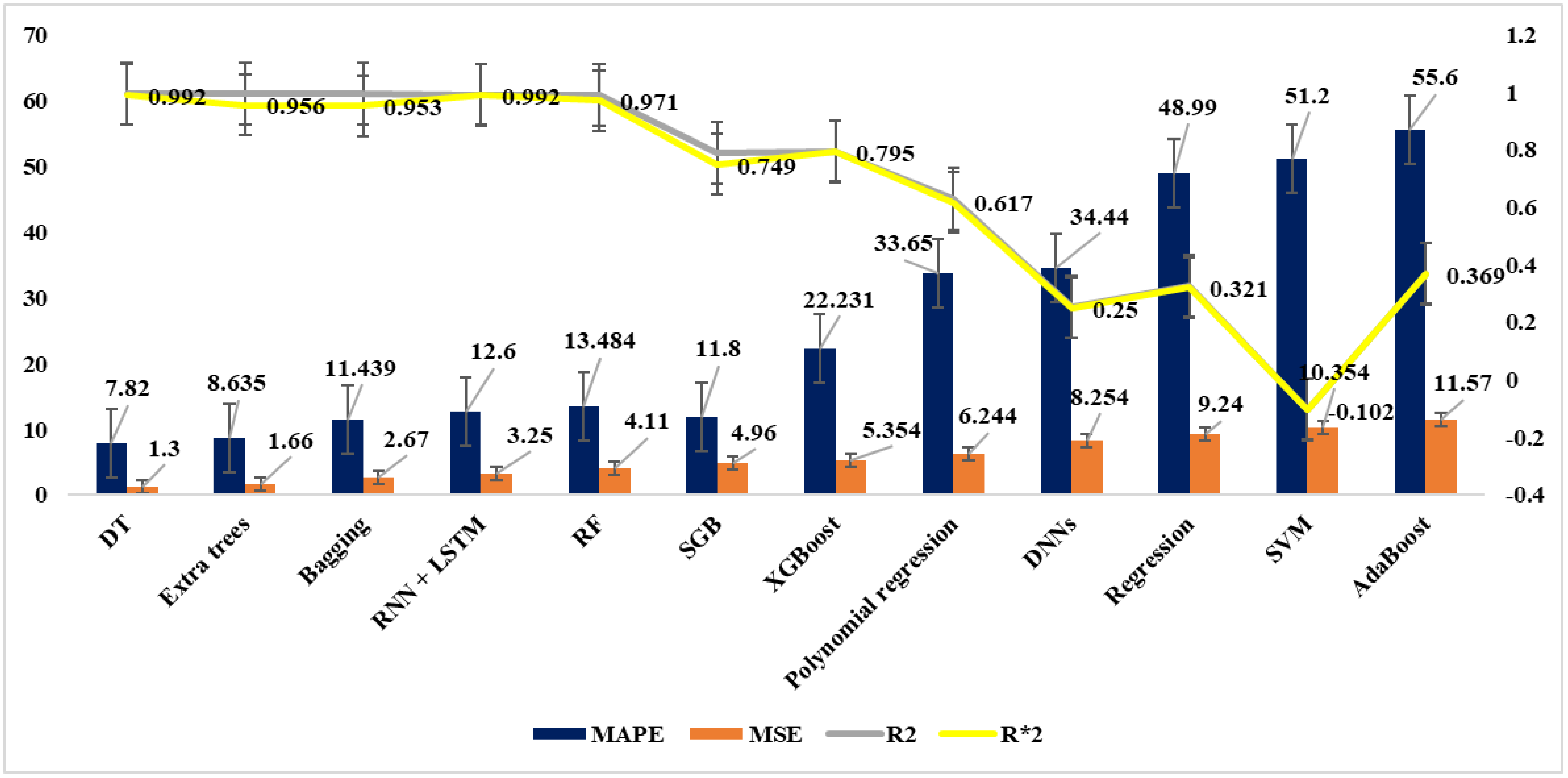
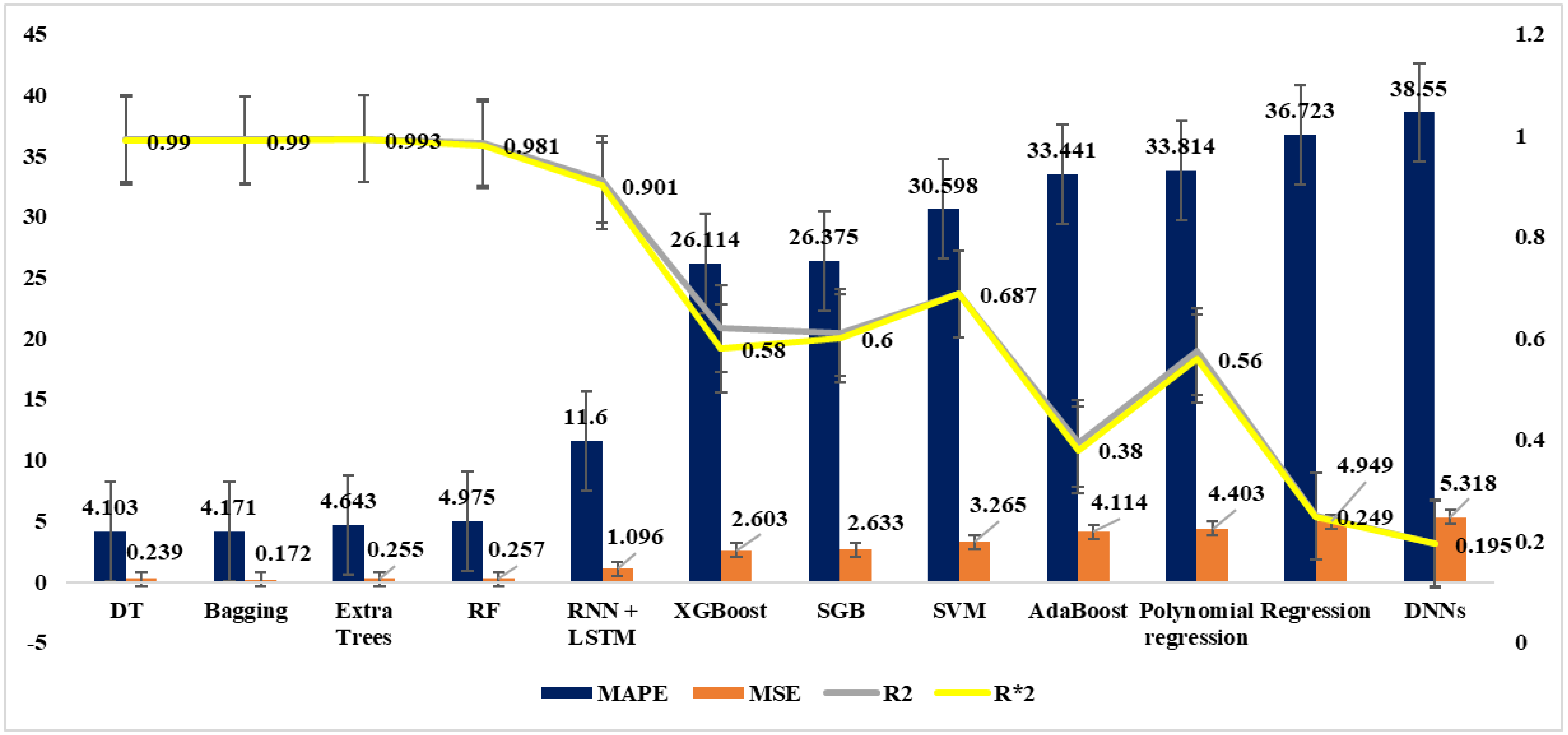
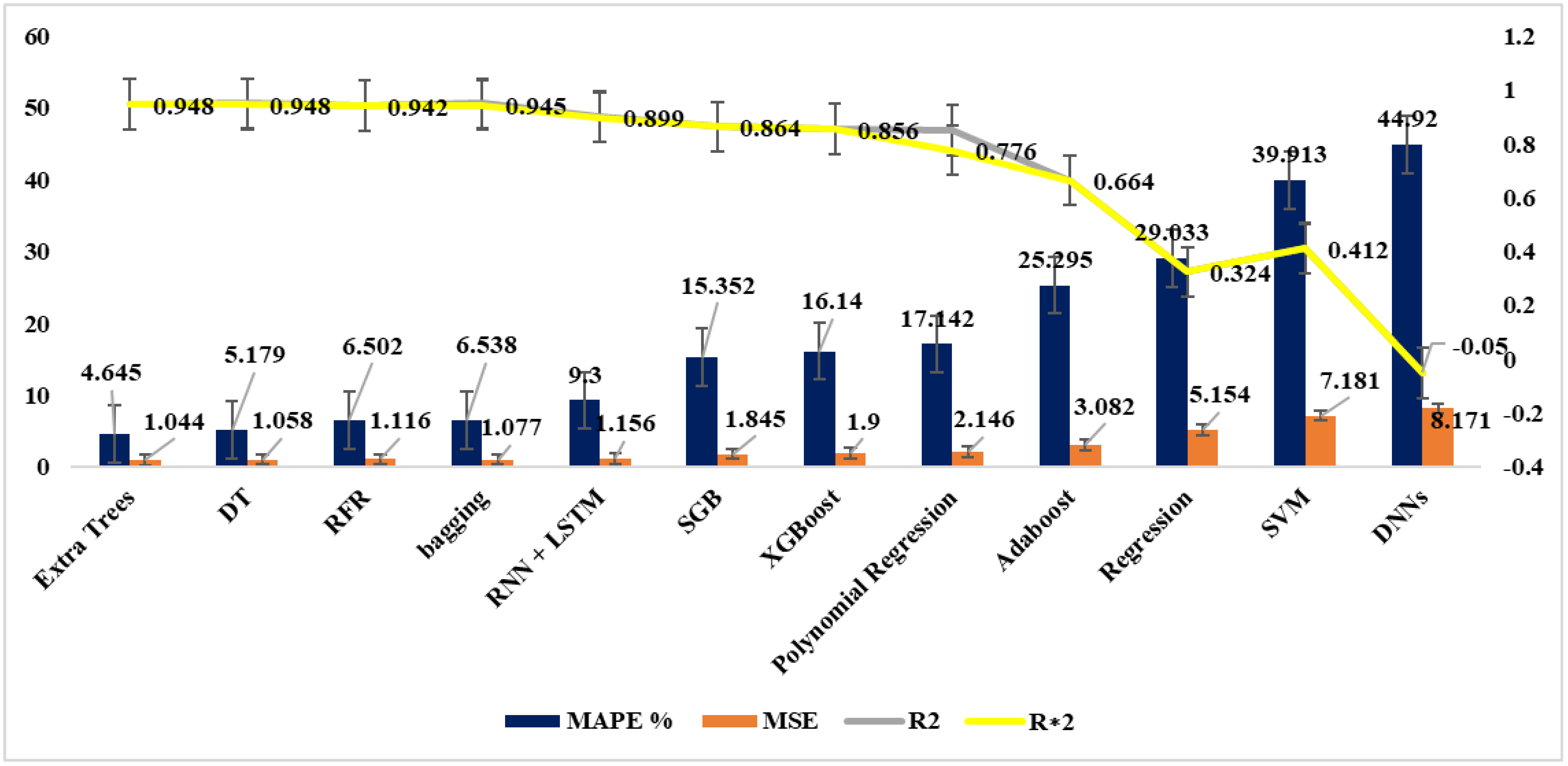

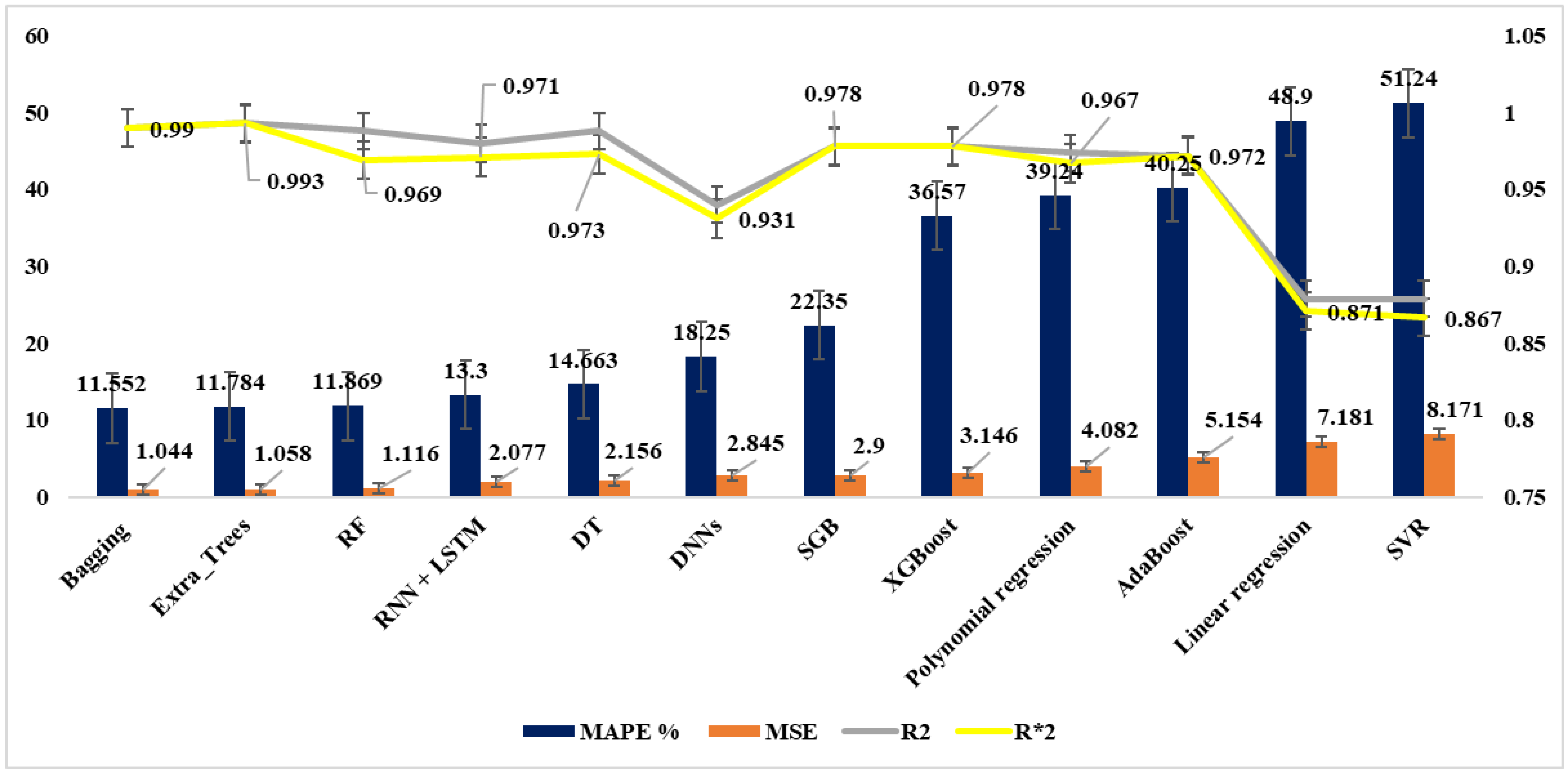
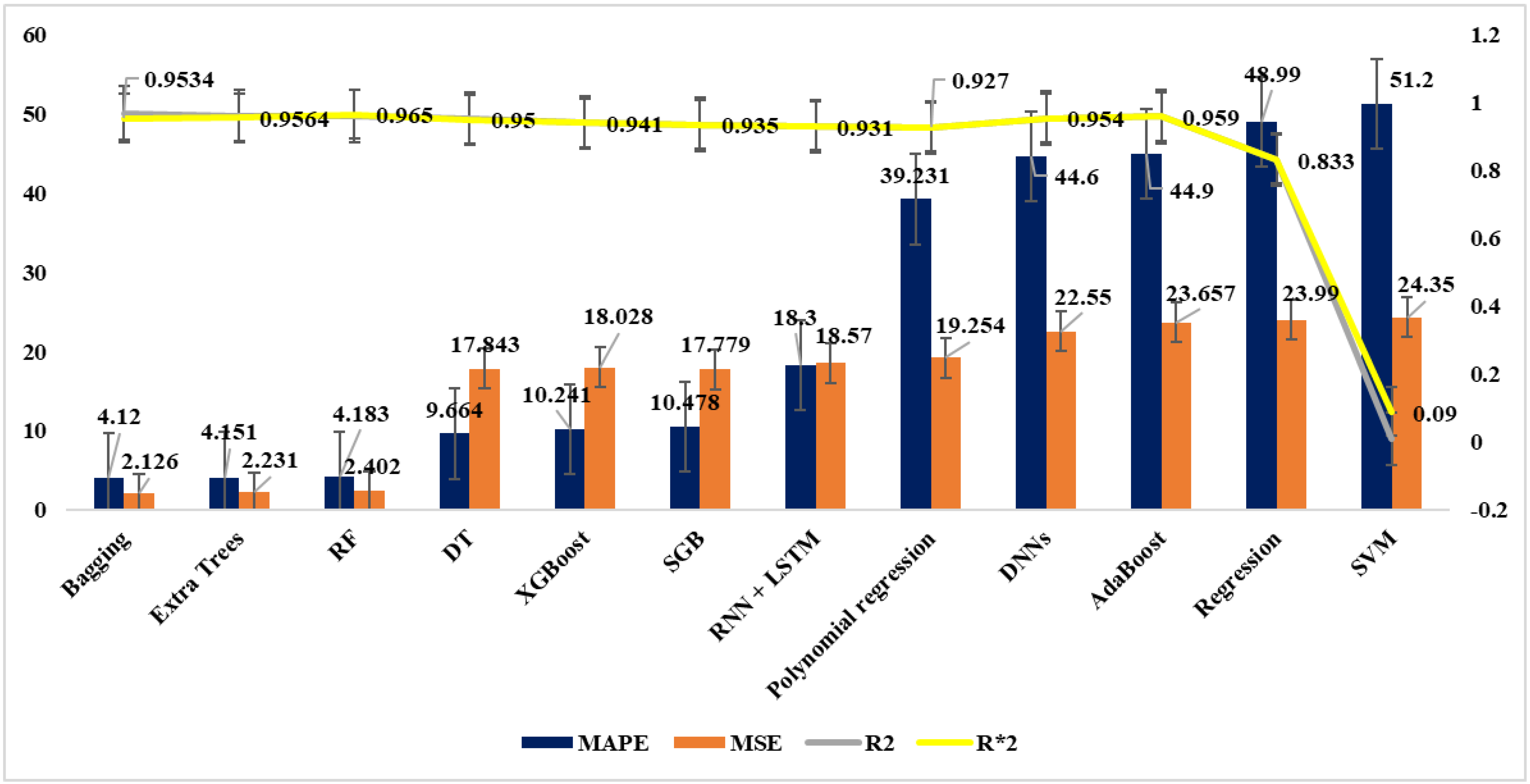
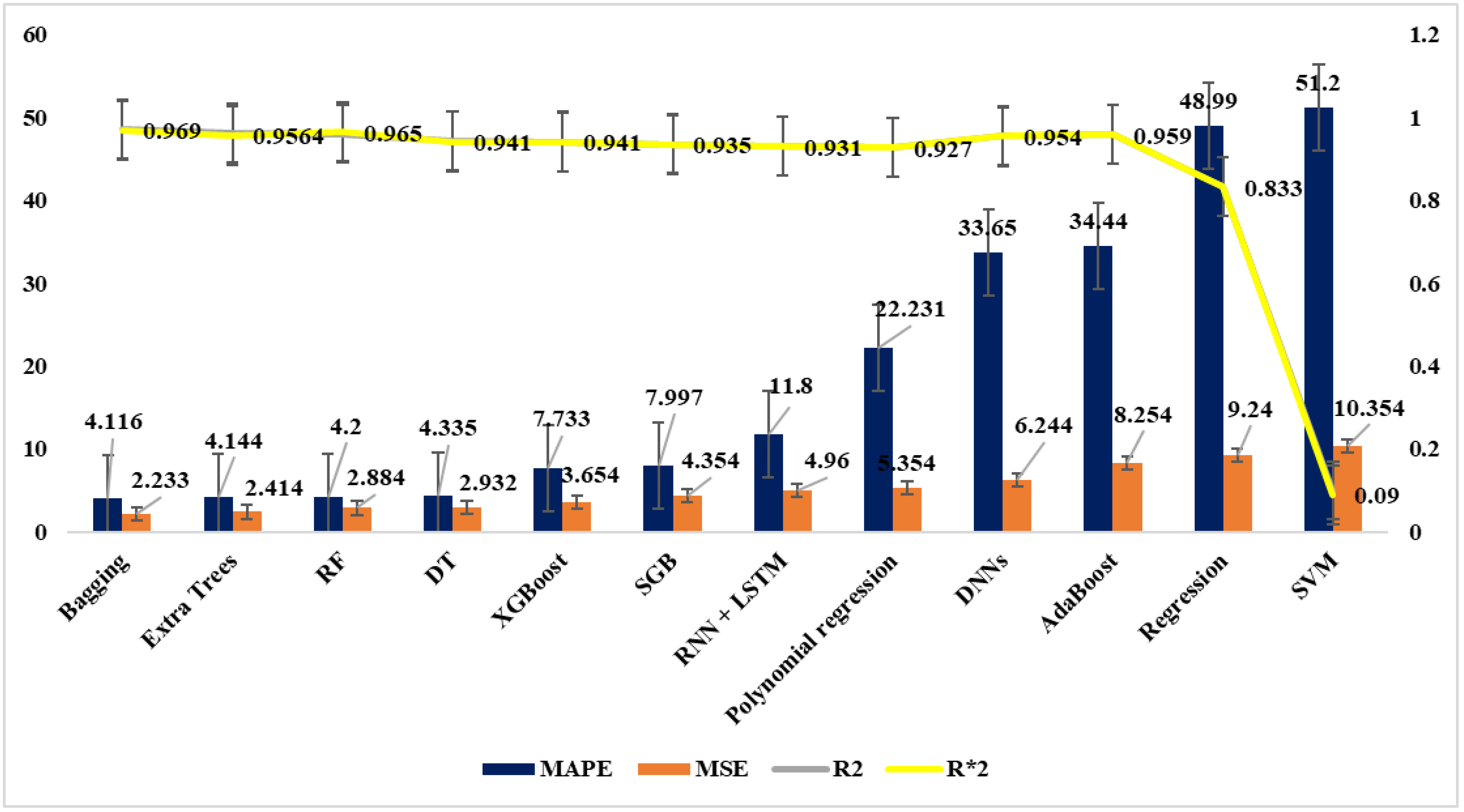
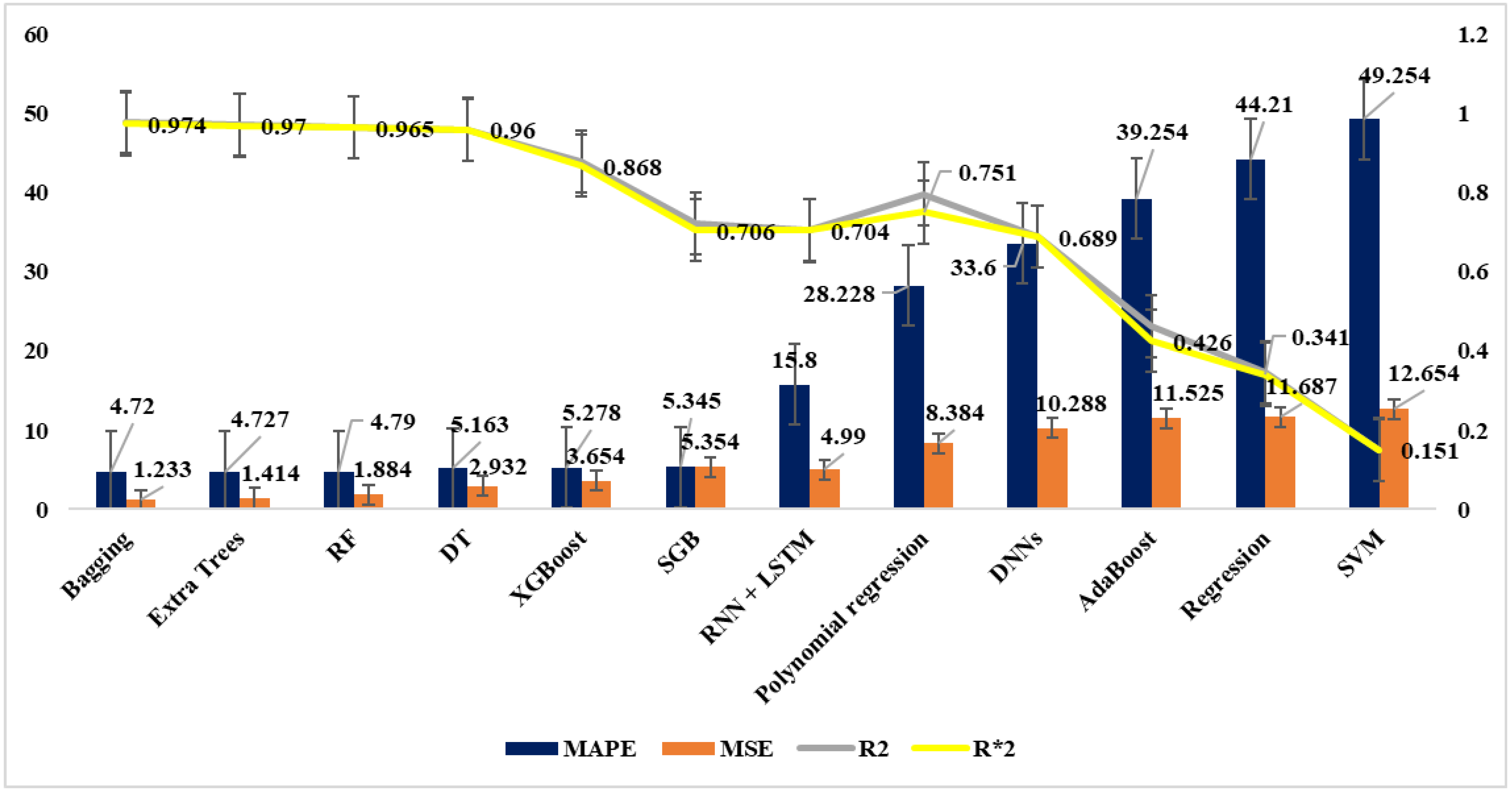

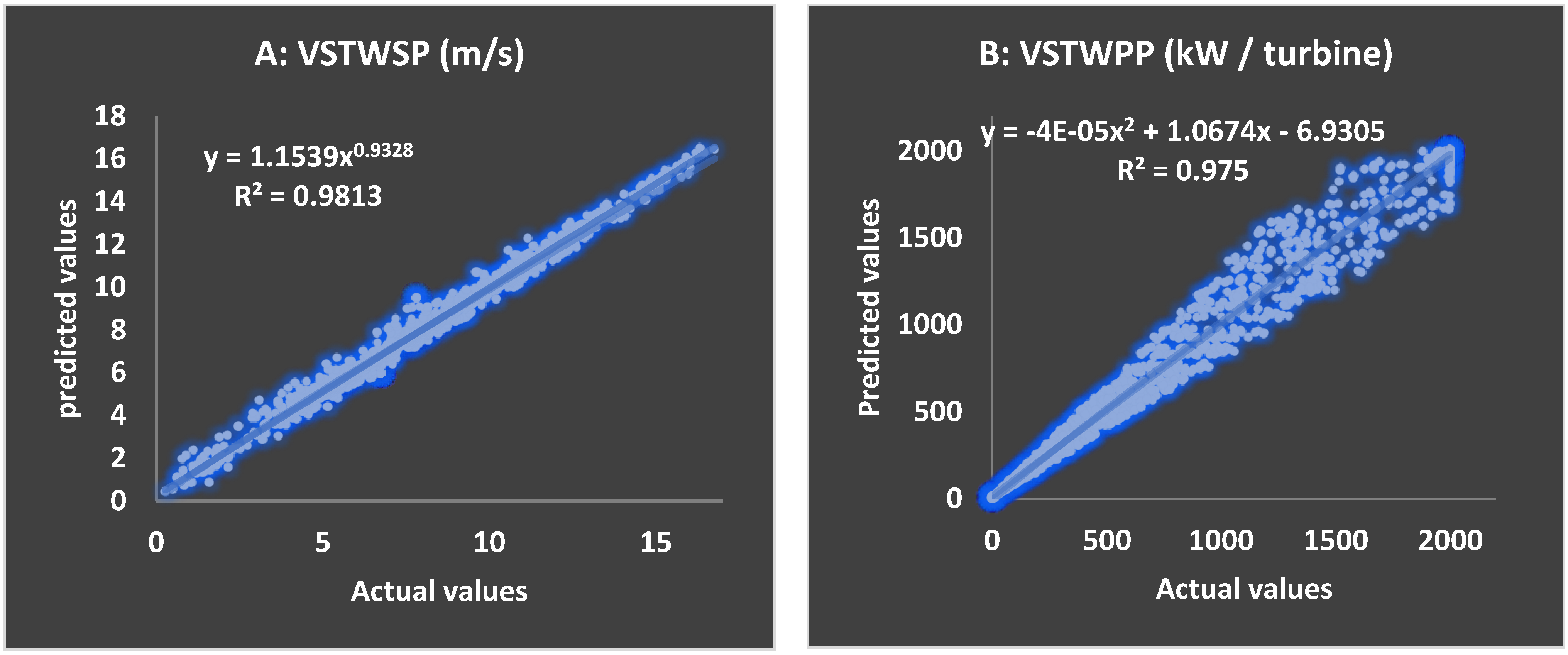

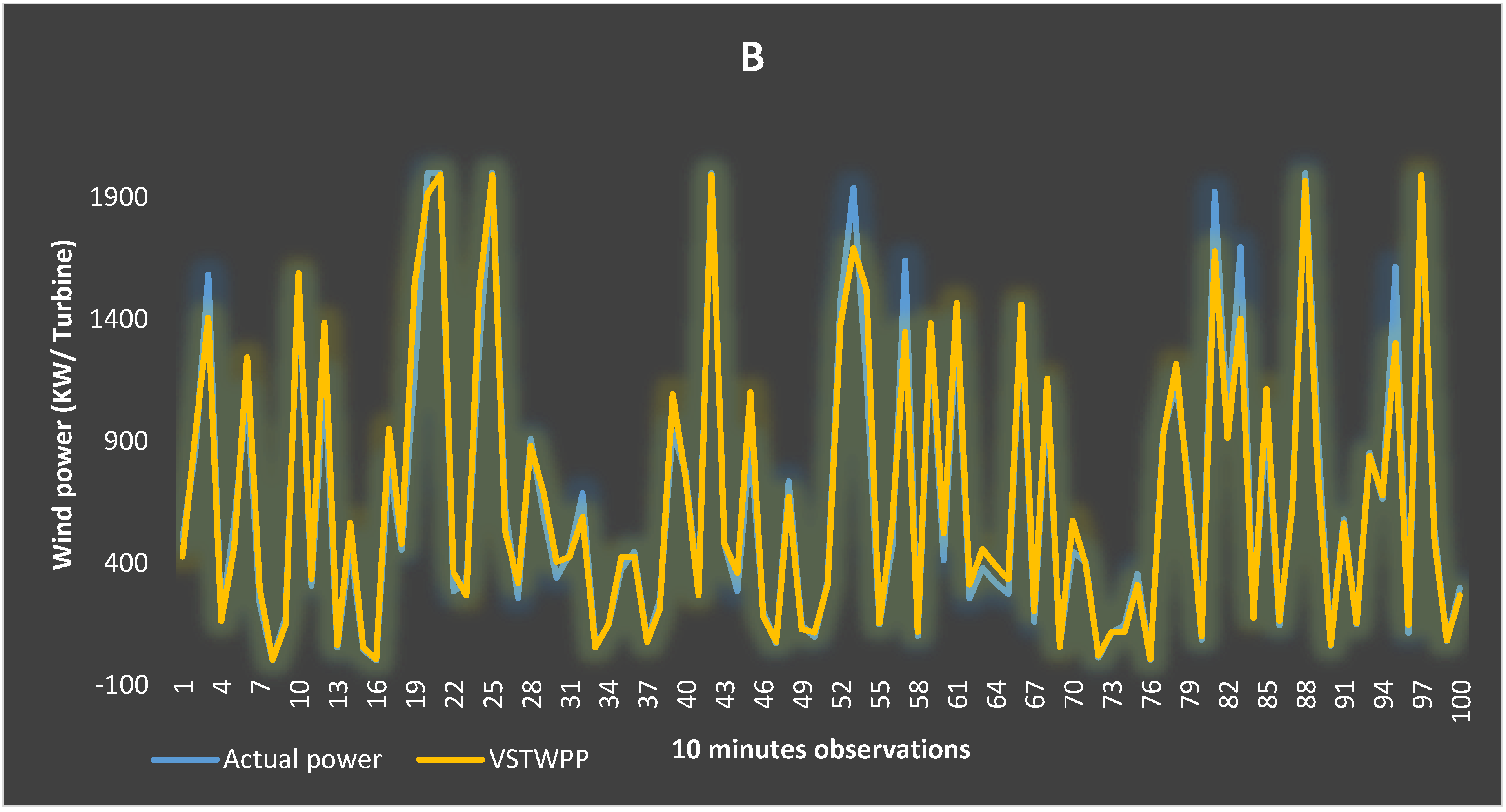

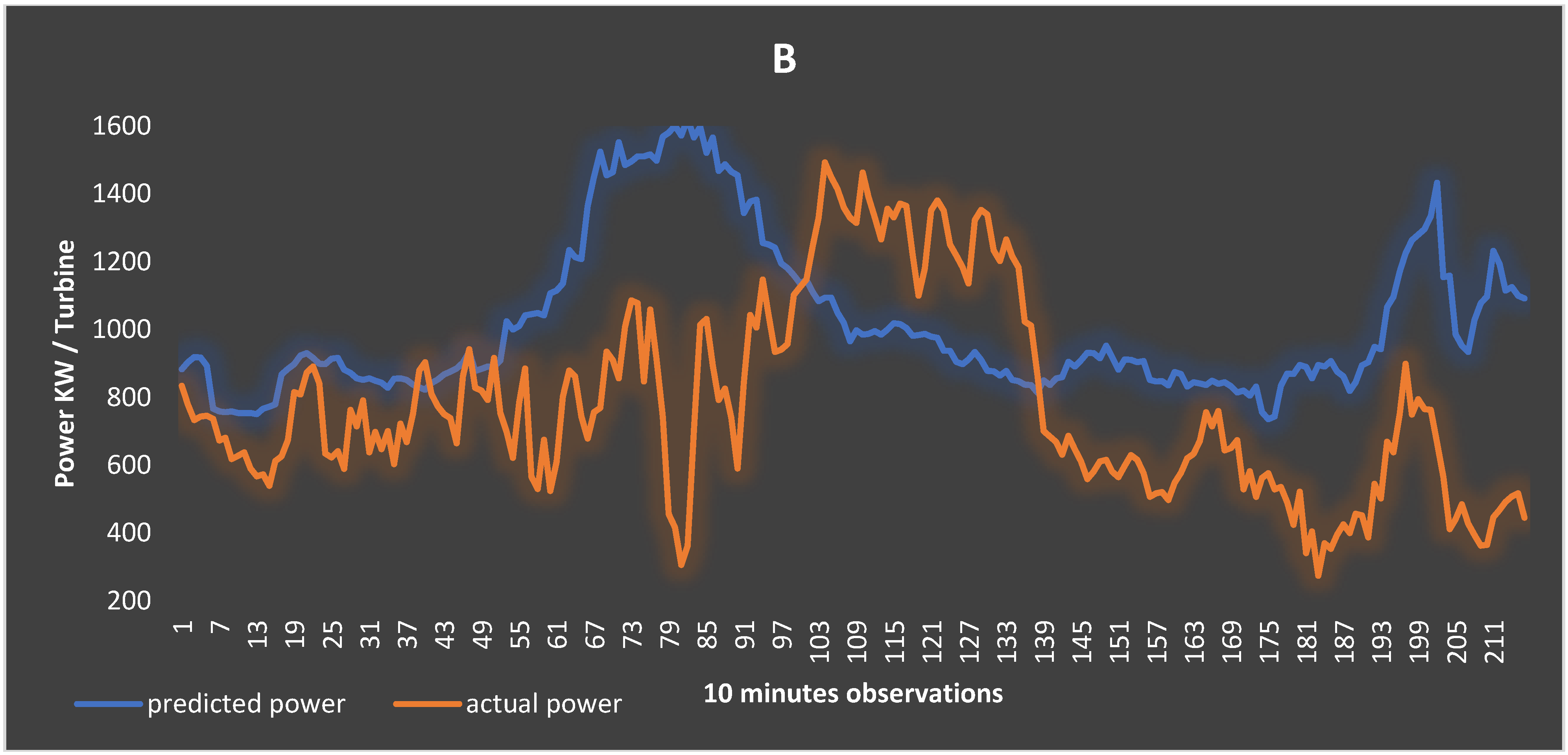


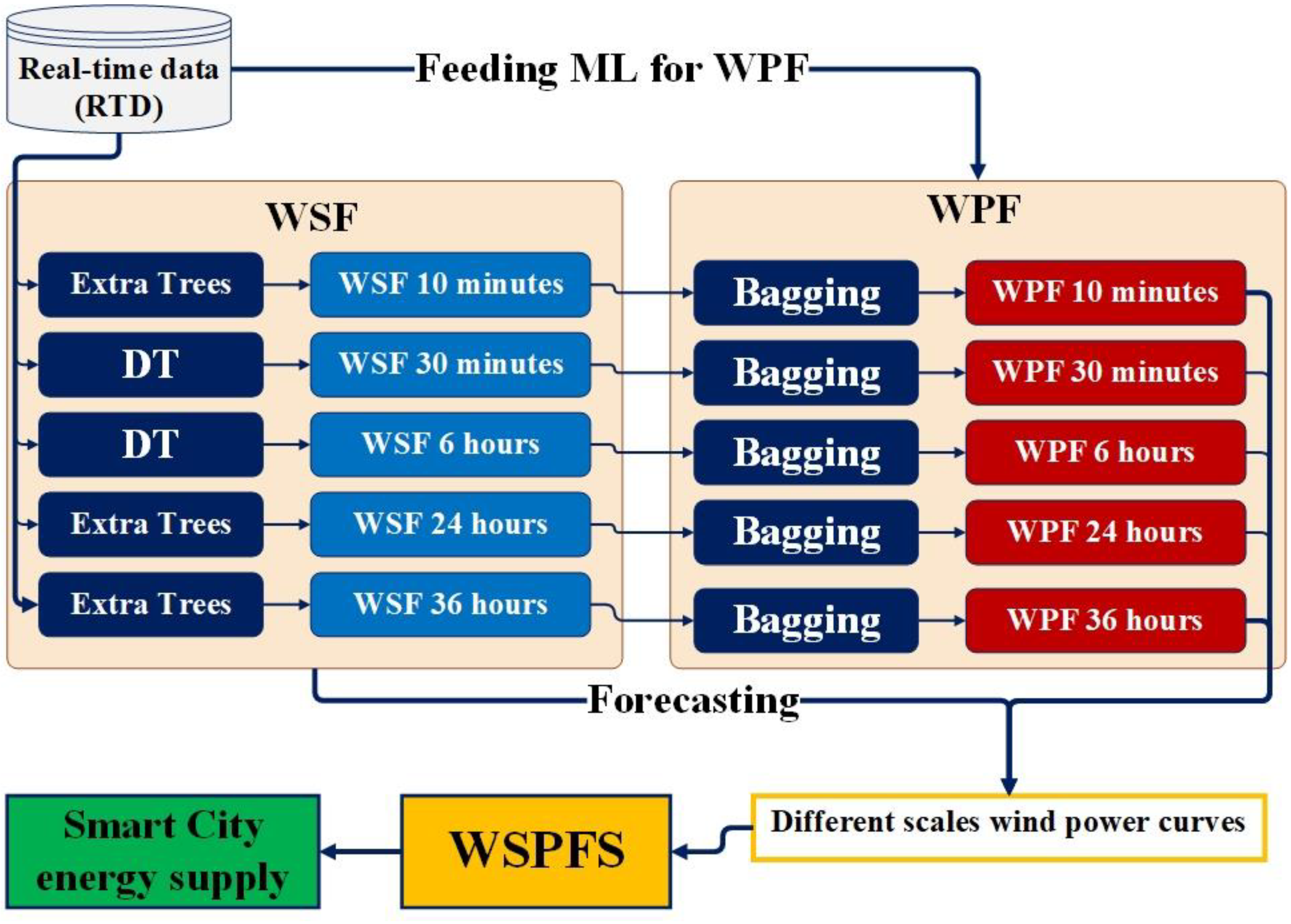
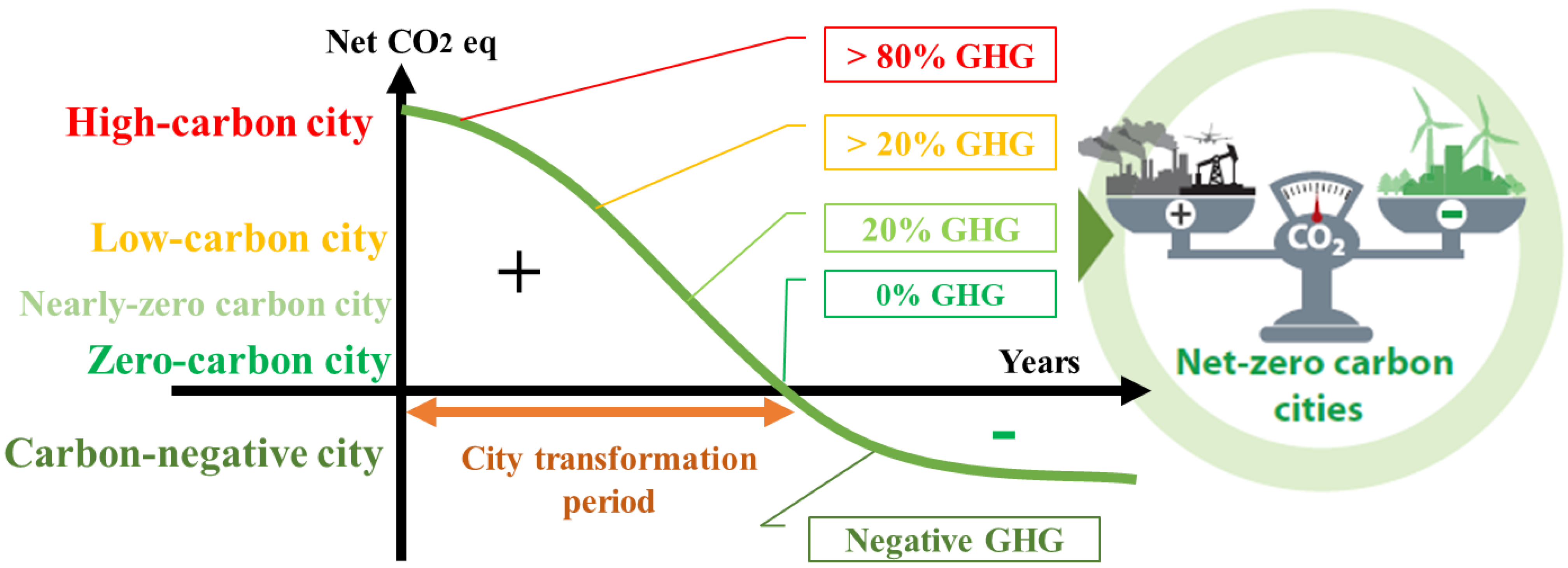



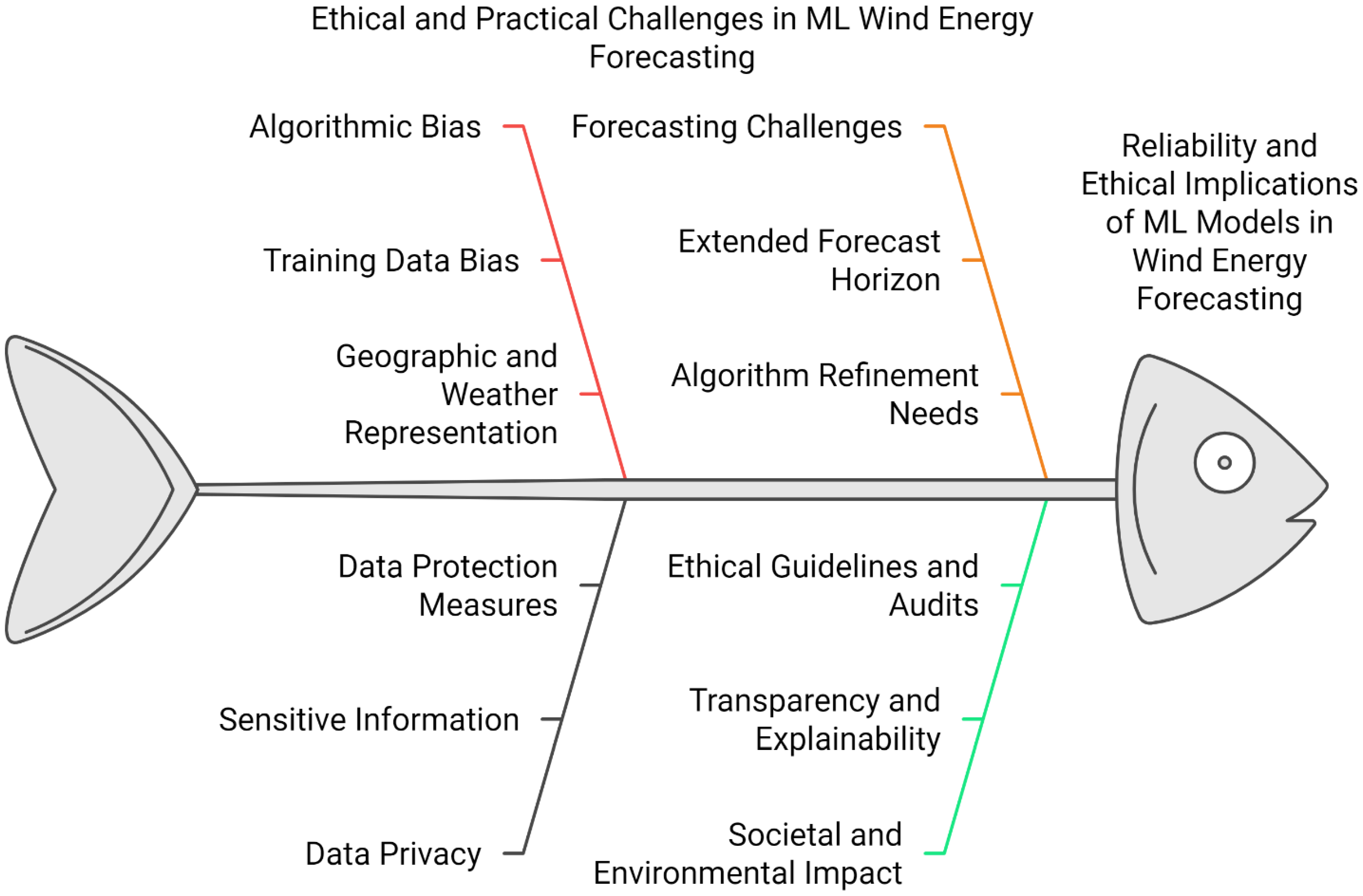
| City Level | Concept | Examples/Potential Examples * | Ref. |
|---|---|---|---|
| High-carbon city | A city with high greenhouse gas (GHG) emissions. | Beijing, Chicago, Shanghai, New York, Seoul, Tokyo, Hong Kong, Los Angeles | [11,12,13] |
| Low-carbon city | A city with reduced greenhouse gas emissions. | Copenhagen, Oslo, Vancouver, Barcelona, Sydney | [9,10,11] |
| Nearly zero-carbon city | A city approaching carbon neutrality. | Melbourne, Reykjavik, Stockholm, Freiburg | [14,15] |
| Zero-carbon city (ZS) or zero-energy city | A city with net-zero greenhouse gas emissions. | Canberra *, Oslo *, Bulawayo *, Chongming *, Denver *, Cape Town * | [11,12] |
| Negative-carbon city | A city that absorbs more carbon than it emits. | Curitiba, Brazil (for its extensive urban green spaces) | [16,17,18] |
| 100% renewable energy city | A city that has to target a 100% renewable energy supply. | Reykjavík, Canberra *, Paris *, San Francisco *, Minneapolis | [9,10,11] |
| Smart city (SC) | A city uses digital technologies such as AI, digital twins, and the Internet of Things (IoTs) for resource management efficiency. | Singapore, London, Dubai, Masdar City, Brisbane, New administrative capital, Taipei, GIFT City, Amsterdam, Manchester | [19,20,21] |
| Smart and zero-carbon city (SZC) | A city combining smart technologies and zero-carbon goals. | NEOM *, Copenhagen *, Melbourne * | [22,23,24] |
| Smart and positive-carbon city | A city combining smart technologies and carbon absorption such as tree planting and carbon sequestration including bio-sequestration. | NEOM *, Stockholm *, Canberra, Dar es Salaam * | [25,26,27,28,29,30] |
| Reference | Main Objective | Year | Aspects | ||||
|---|---|---|---|---|---|---|---|
| Wind Speed Forecasting | Wind Speed-Power Forecasting | Smart Cities Framework | Computational Time and Cost | Different Time Horizons | |||
| [38] | Wind speed and power forecasting models | 2024 | √ | √ | × | × | × |
| [39] | Short-term combined forecasting for wind power | 2024 | √ | √ | × | × | × |
| [31] | Offshore wind turbine power prediction model | 2024 | × | √ | × | × | √ |
| [40] | Enhanced wind speed prediction techniques | 2024 | × | √ | × | × | × |
| [41] | Ensemble learning methods for wind turbine power forecasting | 2024 | × | √ | × | × | × |
| [42] | Wind power forecasting system using data augmentation | 2024 | √ | √ | × | × | × |
| This paper | Integrated wind speed–power prediction system | 2024 | √ | √ | √ | √ | √ |
Disclaimer/Publisher’s Note: The statements, opinions and data contained in all publications are solely those of the individual author(s) and contributor(s) and not of MDPI and/or the editor(s). MDPI and/or the editor(s) disclaim responsibility for any injury to people or property resulting from any ideas, methods, instructions or products referred to in the content. |
© 2024 by the authors. Licensee MDPI, Basel, Switzerland. This article is an open access article distributed under the terms and conditions of the Creative Commons Attribution (CC BY) license (https://creativecommons.org/licenses/by/4.0/).
Share and Cite
Elmousalami, H.; Alnaser, A.A.; Kin Peng Hui, F. Advancing Smart Zero-Carbon Cities: High-Resolution Wind Energy Forecasting to 36 Hours Ahead. Appl. Sci. 2024, 14, 11918. https://doi.org/10.3390/app142411918
Elmousalami H, Alnaser AA, Kin Peng Hui F. Advancing Smart Zero-Carbon Cities: High-Resolution Wind Energy Forecasting to 36 Hours Ahead. Applied Sciences. 2024; 14(24):11918. https://doi.org/10.3390/app142411918
Chicago/Turabian StyleElmousalami, Haytham, Aljawharah A. Alnaser, and Felix Kin Peng Hui. 2024. "Advancing Smart Zero-Carbon Cities: High-Resolution Wind Energy Forecasting to 36 Hours Ahead" Applied Sciences 14, no. 24: 11918. https://doi.org/10.3390/app142411918
APA StyleElmousalami, H., Alnaser, A. A., & Kin Peng Hui, F. (2024). Advancing Smart Zero-Carbon Cities: High-Resolution Wind Energy Forecasting to 36 Hours Ahead. Applied Sciences, 14(24), 11918. https://doi.org/10.3390/app142411918









